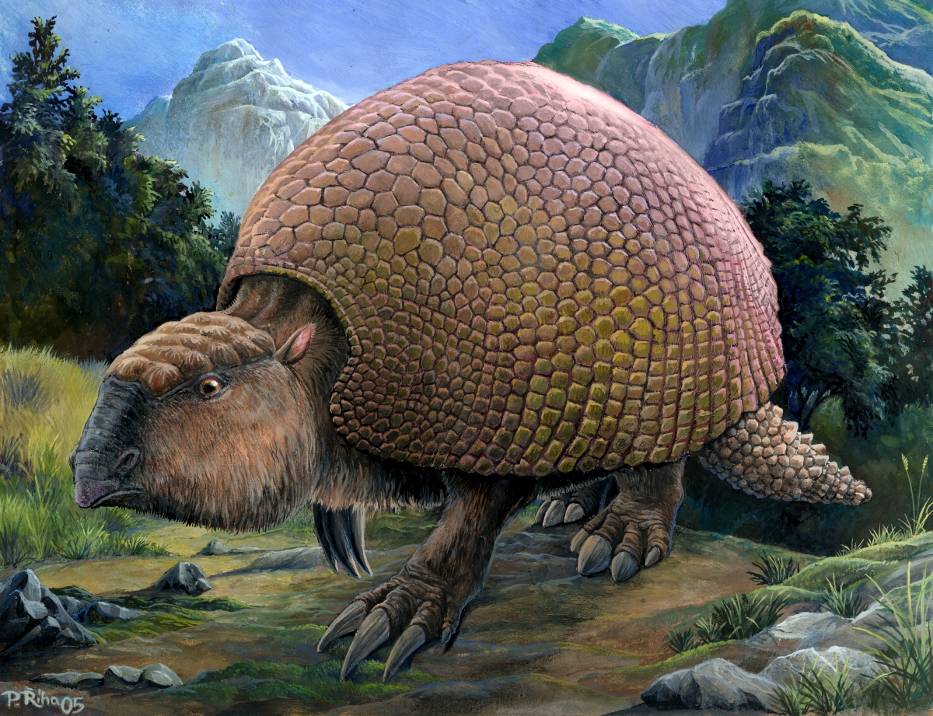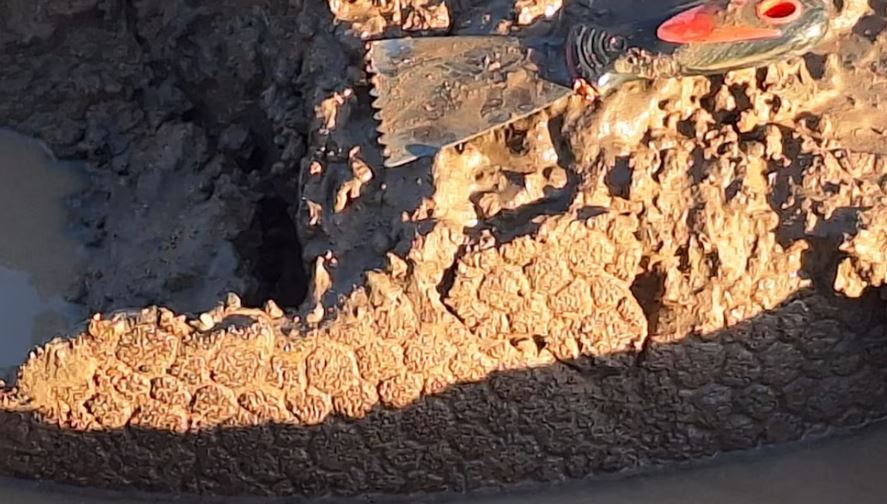A shocking and historic discovery surprised the scientific community in Córdoba. They found remains of a species that lived 10,000 years ago. It is a Glyptodont, which inhabited the Chacopampeana region.
It happened in a river in the town of Pampayasta. Samuel Colombano, a student of the Degree in Environment and Renewable Energies at the University of Villa María, came across the fossil in almost perfect condition. What was the creature like.
Remains of a species that lived over 10,000 years ago were found in Córdoba
The Glyptodont (Glyptodon reticulatus) is a species that lived in the Chacopampeana region and in the mountains of Córdoba during the Late Pleistocene age. This era began 126,000 years ago and lasted until 11,700 years ago.
Recently, Colombano made the second most important finding of this species known so far.
As he recounted, at the time of the discovery, he was walking by the resort located about 129 kilometers southeast of Córdoba. There he detected an almost perfect circular structure in the water, standing out in an area of rough stones, but with less sand.
At first, he thought it was a large vase, but as he began to clean the surface with river water, he identified the characteristic patterns of a fossil shell.
Colombano contacted local authorities, who then notified researchers about the discovery.
The day after the discovery, personnel from the provincial organization went to the site to analyze the remains and confirmed that they belonged to a Glyptodont, a species of South American megafauna.
What was the Glyptodont like
 This is how the Glyptodont is estimated to have looked. (Photo: Wikipedia).[/caption>
This is how the Glyptodont is estimated to have looked. (Photo: Wikipedia).[/caption>
“Probably, this species may have crossed that 11,700-year limit and reached what we call the early Holocene age,” explained Adan Tauber, director of the Provincial Museum of Natural Sciences and Ph.D. in Geological Sciences.
These creatures were large armored mammals that were part of the South American megafauna and could reach extraordinary dimensions. Some specimens could measure up to 4.2 meters in length and weigh over 2000 kilos.
Despite their appearance being similar to that of current armadillos, the fossil record indicates that these evolved earlier, approximately 60 million years ago.
In contrast, Glyptodonts appeared later and shared the continent with other members until their extinction.
 The remains found. (Photo: Cultura Córdoba).[/caption>
The remains found. (Photo: Cultura Córdoba).[/caption>
It is believed that Glyptodonts engaged in struggles between members of their own species. Experts presume that since the tail was very flexible and had rings of bony plates, they used it as a weapon in fights.
Have you visited our YouTube channel yet? Subscribe!

